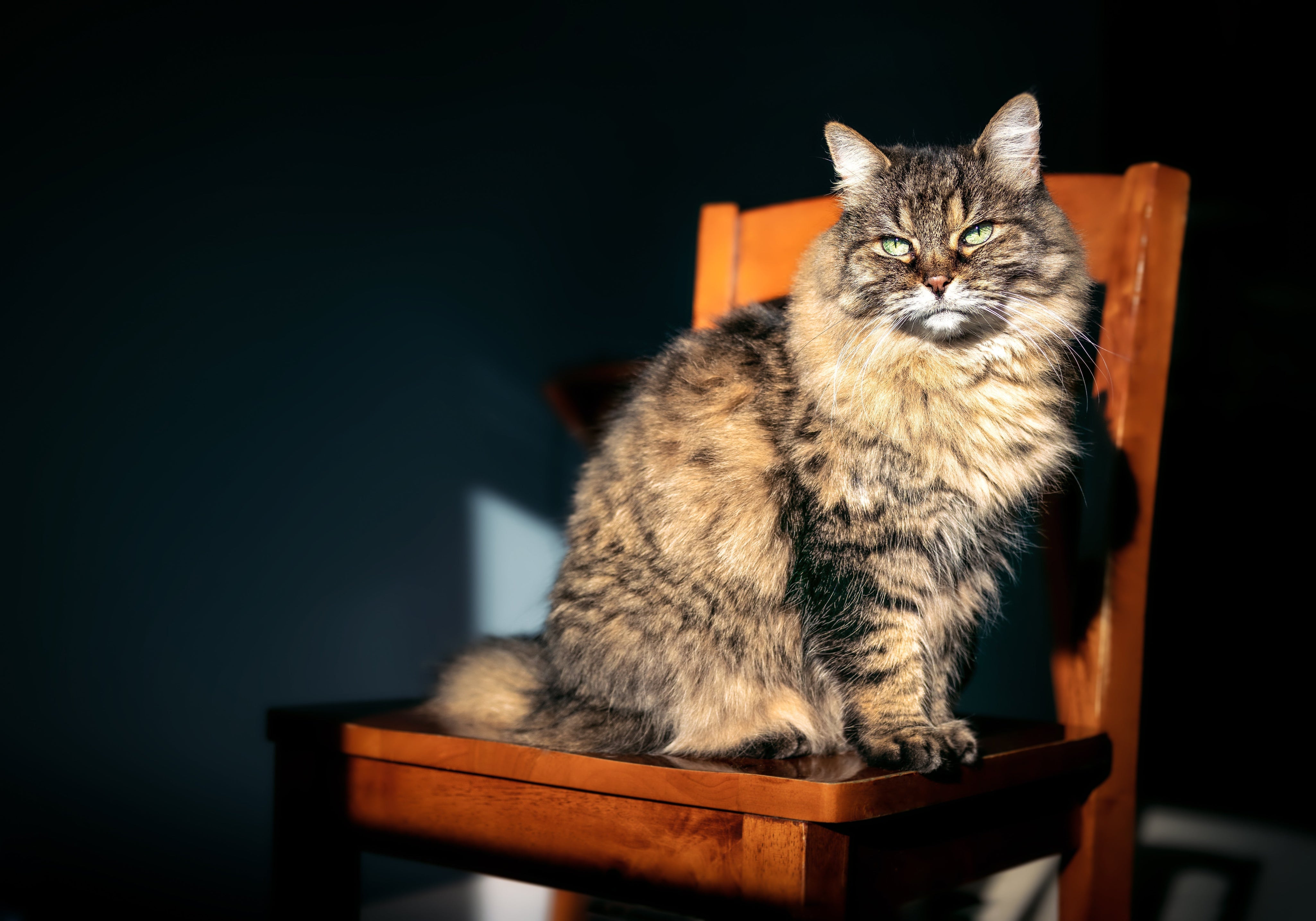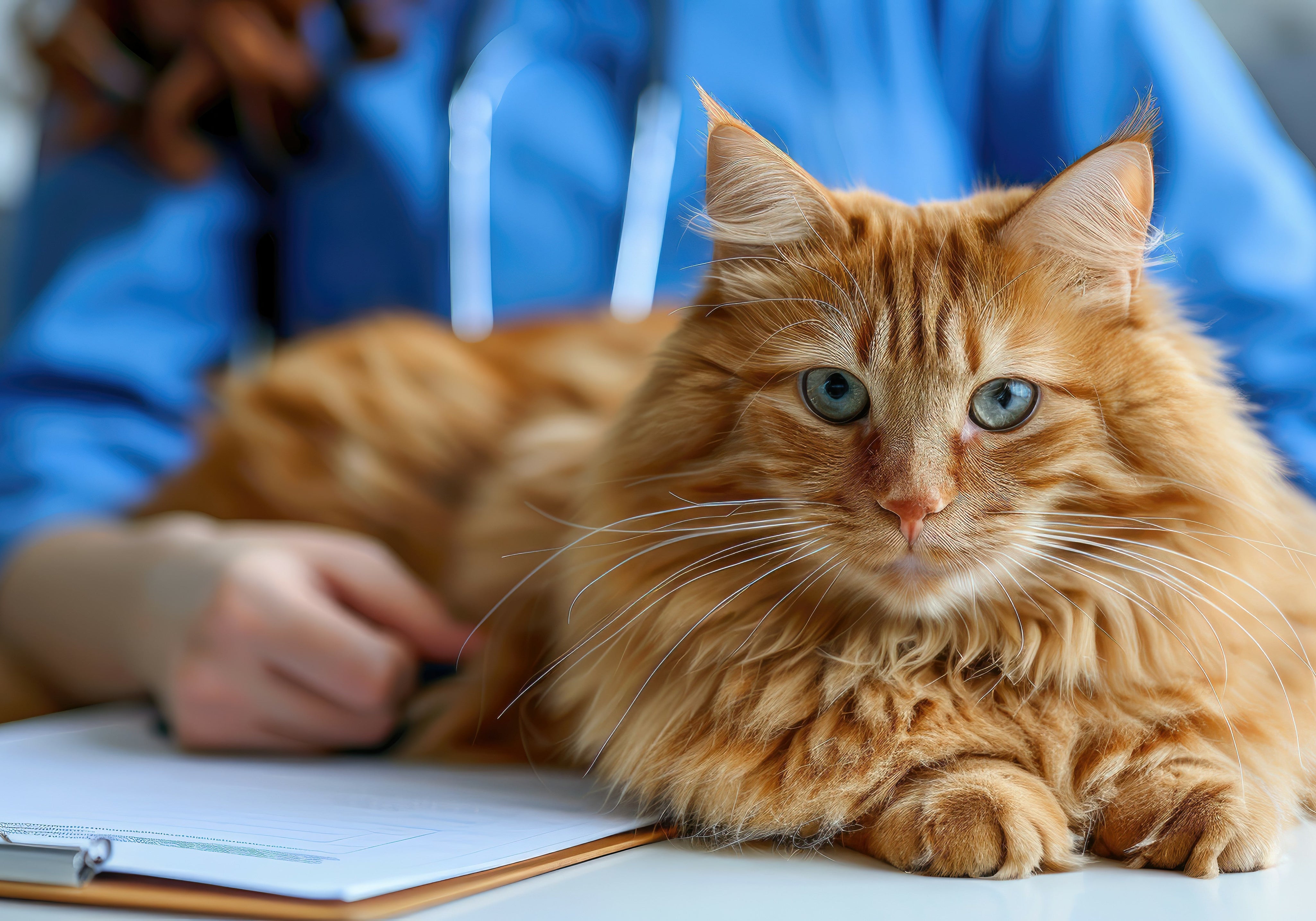Recent research has proposed that cats were first domesticated around 10,000 years ago in the Fertile Crescent of the Near East, spreading from there to Egypt and on to the Mediterranean islands and mainland Europe via the Phoenicians, Greeks and Romans. A few assumptions made, owing to the complexities of the Felis species, likely led to an incorrect conclusion. Two new publications utilising genetic testing of archaeological feline samples paint a different story involving cat worship, wild cats and the rise and fall of empires.

About the Felis wildcats
Many wild felid species exist, but the genus Felis from which the domestic cat Felis catus derives contains several species. These wildcats are similar in appearance, can hybridise, and have somewhat overlapping ranges, rendering proper identification difficult. The key species in the newest research discussed here focus on the European wildcat (Felis silvestris) and the African wildcat (Felis lybica) The African wildcat has at least two populations: the North African and the Levantine (also known as the Near Eastern).
A case of mistaken identity: determining feline species
Mitochondrial Classification
One of the primary points of difficulty in determining the origin of cat domestication is that evidence has emerged that the European wildcat, Felis silvestris, hybridised with Near Eastern wildcats Felis lybica likely in the area near Anatolia where their ranges overlapped in the Neolithic, approximately 10,000 BC or even earlier.
Mitochondrial DNA (mtDNA) helps to identify the maternal lineage as it is only passed on from the mother. Scientists have developed mtDNA haplogroups I-IV and further subgroups to help in distinguishing Felis species and their hybrids. Haplogroup IV was previously thought to belong exclusively to the African wildcat (and subsequent domestic cat), and haplogroup I to the European wildcat. However, due to ancient hybridisation, the presence of African wildcat mtDNA was found in European wildcats. Prior to more detailed genetic analyses, this caused scientists to misidentify European wildcats as African in origin and attribute this as evidence of human-directed spread of cats to Europe and Egypt during the Neolithic expansion as humans switched from hunter-gatherers to farmers.
Martino et al. found that instead, African wildcat mitochondrial DNA is normally present in European wildcats to various degrees due to this ancient interbreeding, with cats from the Balkans from 8,000 BC showing 7-11% African wildcat ancestry, and Neolithic samples from Anatolia showing 24-34% African ancestry. Even modern Italian, German and Scottish wildcat populations show various degrees of African wildcat ancestry. European wildcat samples from the British Isles, however, have shown no F. lybica introductions until very recently.
Additionally, European wildcats also hybridised with domestic cats, although to a lesser degree, with ancient samples having around 6% wildcat ancestry in Austria. During the Middle Ages, percentages rose to around 15% around much of Europe, but not in the Iberian peninsula. In the last 70 years, there has been much more hybridisation, but largely this appears to be domestic cats breeding into wildcats, assumed to be due to loss of European wildcat habitat.
 Fig 2. Selected mandibles of Near Eastern wildcats/domestic cats (a–f) and European wildcats (g–i) (species attribution based on mtDNA). “The history of the domestic cat in Central Europe” by Krajcarz M et al. Antiquity. 2022
Fig 2. Selected mandibles of Near Eastern wildcats/domestic cats (a–f) and European wildcats (g–i) (species attribution based on mtDNA). “The history of the domestic cat in Central Europe” by Krajcarz M et al. Antiquity. 2022
Classification by appearance
Before the availability of genetic testing for identification of archaeologic specimens or in cases of inadequate funding, feline bone and tooth fragments were evaluated by shape and size to determine species. In our blog about the first cats in China, we discuss that this has led to misidentifications as well, and with genetic methodologies, the realisation that the first cats living in proximity to humans in ancient China were Asian leopard cats, not domestic cats. Similarly, in predynastic Egypt, some cat remains thought to be F. lybica were later found to be those of jungle cats (Felis chaus). the earliest domestic cats were larger than those we have now, leading to problems of misidentification based on the changing appearances of cats with domestication and spread.
Wildcats of the Mediterranean islands
By genotyping 4 wildcat samples from the island of Sardinia dated from around the time of the Romans, and 4 modern wildcat samples from the same area, researchers have found that Sardinian wildcats appear to represent a unique population of wildcats introduced from Africa compared to those used to develop the domestic cat, matching most closely to cats found in modern-day Morocco. Remains of one Sardinian wildcat were dated to around 200 BC, predating other known domestic cats by several hundred years in Europe. The Phoenicians and Punic peoples had colonies and trade routes between northwest Africa, Sardinia, Corsica, Cyprus and the Iberian peninsula during pre-Roman times, and it is possible that either Phoenicians, Punic peoples or Romans before the Empire period may have transported African wildcats to these islands. Cyprus appears to have had wildcats introduced even earlier during the Neolithic period, possibly from the peoples of Anatolia or the Levant.
 Cat mummy, Egyptian Museum of Turin, Italy.
Cat mummy, Egyptian Museum of Turin, Italy.
Egypt
Cat worship during the time of the Egyptian dynasties is well known. The Egyptian goddess Bastet first appeared around 3,000 BC represented with a lion’s head, but by 900-700 BC she appeared typically with a cat’s head. Bastet was a goddess of protection for the royal family, but also of common households, pregnant women, and childbirth. Around this time, ritualised cat sacrifice increased, and both cats began to be raised for the sole purpose of sacrifice to Bastet, and enjoyed increased social status as divine representatives. The practice of mummification of cats has allowed genetic sampling of several ancient Egyptian cats, and from these studies, some scientists believe that Egyptian cats represent the domestication of a specific populations of African wildcats. There appears to be an explosion of domestic cats in the first millennium BC concurrent with cat sacrifice in Egypt, around the time of the rising Roman Empire.
 Cat at ruins of Roman Ephesus in Turkey.
Cat at ruins of Roman Ephesus in Turkey.
From Egypt to the European mainland
With Greek and then Roman Empires, the conquerors likely carried domestic cats with them out of Egypt. Cats matching groups IV-A and IV-C, common groups in Egypt around that time, have been found in ancient digs around continental Europe. The first ancient cat remains to genetically match those of modern domestic cats were found in Mautern, Austria, and dated to around 50 BC – 80 AD. Later but similar cats have also been found in Serbia, Italy, and Austria in Roman sites.
Group IV-C was found in Anatolia and southeast Europe around 100-300 AD, and group IV-A in Britain starting around 400-300 BC, at Gussage All Saints. Ireland likely came later, with domestic cats in the early medieval period, possibly related to the spread of monasticism, carrying mitochondrial group IV-E, which was also found in monasteries and cities of the Christian Byzantine Empire.
The Roman elite also appear to have kept cats. 8 out of 10 Roman cats analysed from Rome during the time of the Empire match to mitochondrial group IV-C of Egyptian feline mummies. These ancient cats in turn also match more closely to a modern-day Tunisian F. lybica sample, not far from the famous Punic city of Carthage, which had been conquered by Rome even before conquering Egypt. By the time of the Roman Empire, Egypt became the primary grain supplier in addition to Carthage, and cats would have been helpful for controlling the rodent populations across busy grain ports.
 Modern Norwegian Forest cat.
Modern Norwegian Forest cat.
The Vikings
Another mitochondrial group of domestic cats appeared in Europe, called group IV-D, in what is now Denmark around 900-1100 AD. Cats of this group were subsequently found in Viking settlements in the British isles, Shetland, Orkney, and Poland. Again, the cat was found to be associated with a female deity, this time the Norse goddess Freyja. The Sagas mention seeresses who wore elaborate clothing made from white cat furs, so cats were likely used for fur production and ritual purposes in Scandinavia, as well as rodent control on farms and aboard Viking ships.
Final Thoughts
Modern genetic studies have shown that the successive historic introductions of cats of antiquity to Europe can be traced first to the Egyptians, with the expansion of cat sacrifice for the goddess Bastet in the first millennium BC and subsequent domestication of the African wildcat Felis lybica. The Greek, Roman and Byzantine empires and Viking conquests then spread the domestic cat as they traveled, and the cat functioned as a symbol of successive female deities, as rodent control, and even at times for food, fur, and status. These events have left a mark on the native cat breeds and local European cat populations into the present day. British shorthairs, Norwegian Forest cats, and Siberian cats, for instance, share genetic ancestry, and Polish local cats have unique haplogroups likely related to their unique interactions with Romans and Viking conquerors, and even the world wars. We now know that cats were not likely domesticated in Neolithic times in the Middle East as originally thought, but have a more recent and more complex history tied to deities, empires, trade ships, farming and power.
References:
Baca, M., Popović, D., Panagiotopoulou, H. et al. Human-mediated dispersal of cats in the Neolithic Central Europe. Heredity 121, 557–563 (2018). https://doi.org/10.1038/s41437-018-0071-4
Krajcarz M, Krajcarz MT, Baca M, et al. The history of the domestic cat in Central Europe. Antiquity. 2022;96(390):1628-1633. doi:10.15184/aqy.2022.128
Doherty S, Krajcarz M et al. Redefining the timing and circumstances of cat domestication, their dispersal trajectories, and the extirpation of European wildcats. bioRxiv doi: 10.1101/2025.03.28.645877v2
Baca M, Popović D, Panagiotopoulou H, Marciszak A, Krajcarz M, Krajcarz MT, Makowiecki D, Węgleński P, Nadachowski A. Human-mediated dispersal of cats in the Neolithic Central Europe. Heredity (Edinb). 2018 Dec;121(6):557-563. doi: 10.1038/s41437-018-0071-4. Epub 2018 Mar 28.
Głażewska Iwona and Tomasz Kijewski. A new view on the European feline population from mtDNA analysis in Polish domestic cats. Forensic Science International: Genetics, Vol 27,
2017, Pages 116-122. Doi: https://doi.org/10.1016/j.fsigen.2016.12.010.






